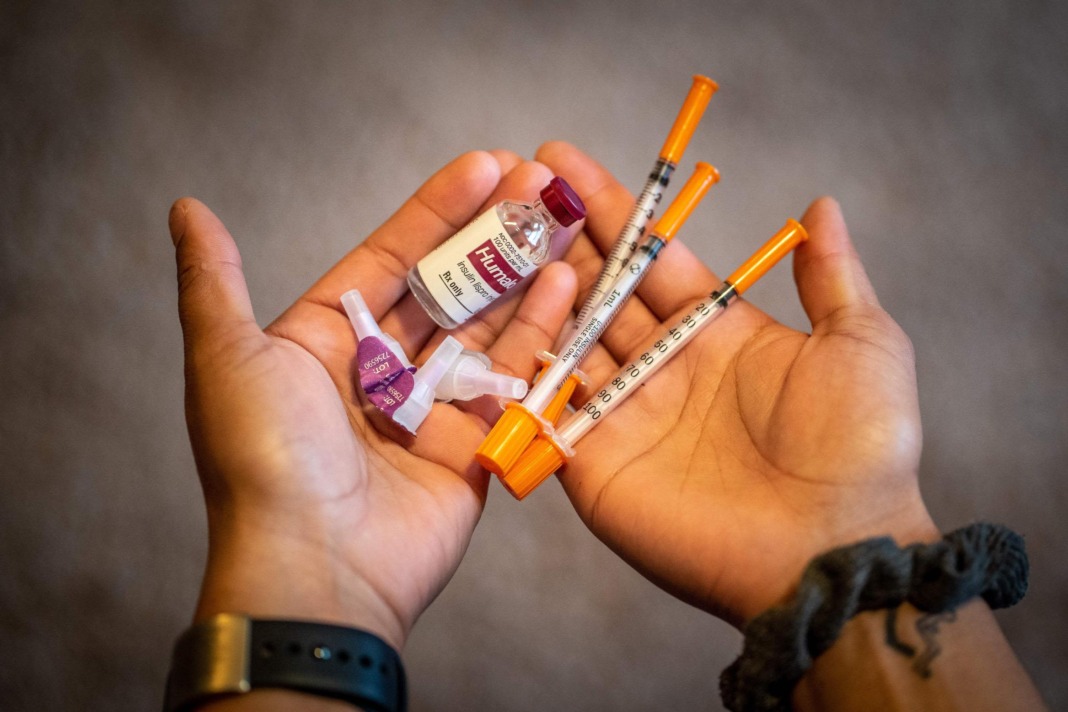In a groundbreaking development poised to alleviate the financial burden on millions of Americans managing diabetes, Sanofi has joined forces with the nation’s other leading insulin manufacturers, Eli Lilly and Novo Nordisk, to implement measures that significantly reduce costs for patients. This landmark initiative comes after years of intense scrutiny over the skyrocketing prices of insulin, with the inflation-adjusted cost of the life-saving medication soaring by 24% between 2017 and 2022.
The move by these pharmaceutical giants to cap insulin prices at $35 is a response to the escalating crisis of affordability and accessibility for the 8.4 million Americans who rely on it to survive. The American Diabetes Association revealed that spending on insulin had tripled over the past decade, reaching a staggering $22.3 billion in 2022. Disturbingly, up to 25% of patients found themselves unable to afford their insulin, leading to potentially fatal consequences as some were forced to ration their doses.
The trio of insulin manufacturers – Sanofi, Eli Lilly, and Novo Nordisk – announced these measures in the spring, with the changes officially taking effect on January 1, marking a significant turning point for diabetes care in the United States.
The push for insulin affordability gained momentum from various quarters, including Congress, the White House, and new market entrants such as Civica Rx, which is working towards providing insulin for no more than $30 a vial. The public outcry reached a crescendo when President Joe Biden, in his State of the Union address last year, called on drugmakers to institute $35 price caps for insulin, prompting swift responses from Eli Lilly and Sanofi.
Under the provisions of the Inflation Reduction Act, Medicare enrollees now benefit from a $35 monthly cap for each insulin prescription, providing much-needed relief to a significant portion of the diabetic population. Additionally, changes to the Medicaid rebate program have created financial incentives for drugmakers to lower their list prices. Failure to do so could result in substantial financial implications, driving these companies to reassess their pricing strategies.
Sanofi, in a bold move, established a $35 monthly cap on out-of-pocket costs for Lantus, its widely prescribed insulin in the U.S., applicable to all patients with commercial insurance starting January 1. This cap builds on the existing commitment to limit the cost to $35 for all uninsured patients. Novo Nordisk launched the MyInsulinRx program in September, providing eligible patients with a 30-day supply for $35, catering to both insured and uninsured individuals. Eli Lilly, in March, instituted an automatic $35 monthly cap on out-of-pocket costs for those with commercial insurance purchasing its insulin products at participating retail pharmacies. Uninsured individuals can download the Lilly Insulin Value Program savings card, allowing them to obtain the medication for $35 a month.
Experts suggest that the willingness of the manufacturers to cap out-of-pocket costs is driven not only by public pressure but also by the emergence of new competitors such as Civica Rx, whose commitment to providing affordable insulin has created a more competitive landscape.
Furthermore, all three companies are taking proactive steps to lower the list prices for many of their insulin products, responding to years of advocacy by lawmakers and patient groups. Sanofi, for instance, slashed the list price of Lantus by 78%, offering prefilled pens at $96 and the 10-milliliter vial at $64 starting January 1.
These strategic moves, carefully timed, are expected to save the companies hundreds of millions of dollars annually. The changes in the Medicaid rebate structures, removing the cap on rebates based on a drug’s list price increase, further incentivize companies to reduce list prices. By doing so, Eli Lilly, Novo Nordisk, and Sanofi aim to navigate the evolving healthcare landscape while ensuring continued accessibility to their medications.
The impact of these measures extends beyond immediate financial relief for patients. By capping out-of-pocket costs and lowering list prices, these pharmaceutical giants aim to reinforce their relationships with the millions who rely on their life-saving products. The goodwill generated from these efforts is expected to resonate within communities, showcasing a commitment to the well-being of patients and fostering a positive image for the companies involved. This significant step towards affordable insulin marks a pivotal moment in the ongoing dialogue about healthcare accessibility in the United States.



